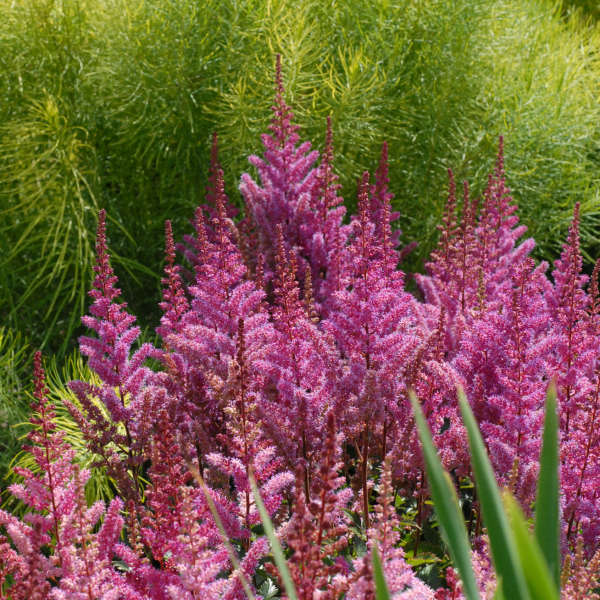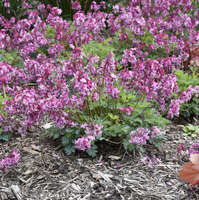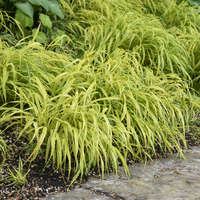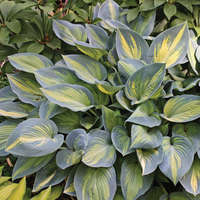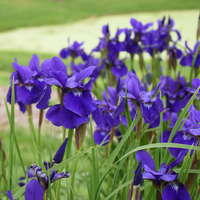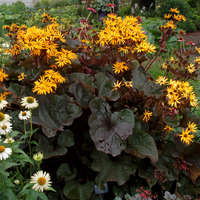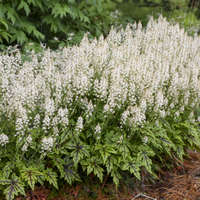Astilbe chinensis 'Maggie Daley'
Common Name: Chinese Astilbe
- Bright lavender-purple plumes are dense and fuzzy
- Blooms in mid to late summer
- Shiny, dark green foliage is attractive even when the plant is not in bloom
A member of Astilbe chinensis (Chinese Astilbe). A later blooming species useful for extending the bloom season into late summer. Foliage is deeply incised, coarsely textured, and often bronze-green in color. Flowers are borne on narrow, branched panicles. Though garden performance is far superior in moist soils, members of this species are moderately drought tolerant. Shorter varieties such as 'Pumila' make excellent groundcovers.
Grade #1 Bare Root |
Grade #2 Bare Root |
